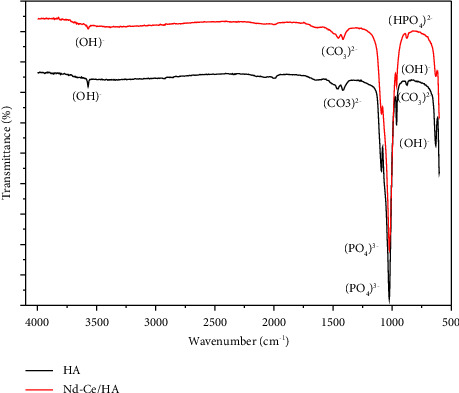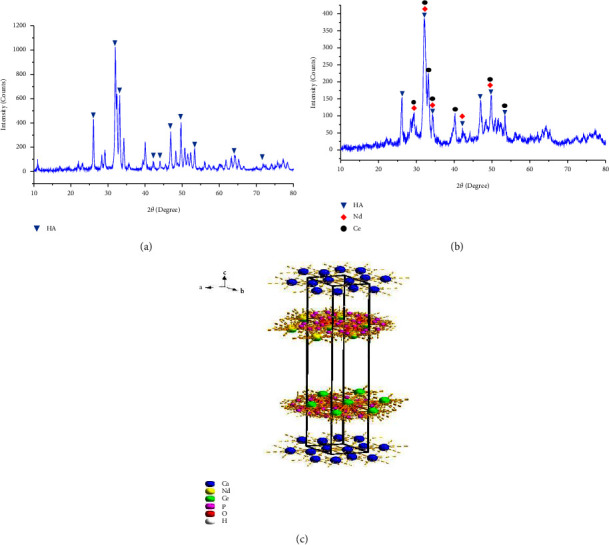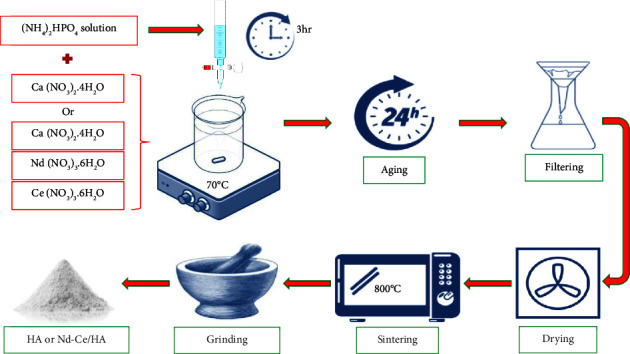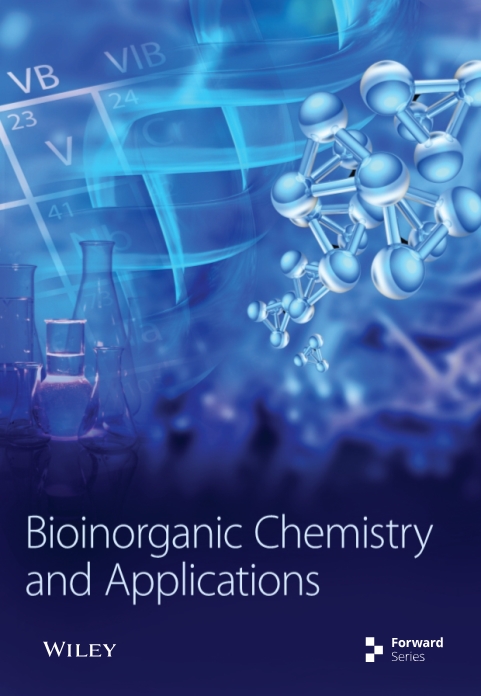羟基磷灰石的生物无机制备及稀土取代羟基磷灰石在生物材料中的应用。
IF 4.7
3区 化学
Q1 BIOCHEMISTRY & MOLECULAR BIOLOGY
引用次数: 3
摘要
镧系稀土元素对羟基磷灰石(hydroxyapatite, HA)的生物学特性有良好的影响,被认为是羟基磷灰石(hydroxyapatite, HA)中钙离子阳离子取代的最佳选择之一。在湿沉淀法制备的透明质酸中,用钕和铈代替5%的钙离子。采用XRD、FTIR、EDS、FESEM等方法对纯HA和取代HA进行了表征。结果表明,将羟基磷灰石中的部分钙离子转变为Nd和Ce离子,改变了羟基磷灰石的结构、组成和形态。在生物学试验方面,细胞毒性试验显示正常细胞系和肿瘤细胞系的IC50都发生了变化,其中用稀土元素取代部分Ca离子比未取代的HA具有更高的抗肿瘤活性;此外,HA和Nd-Ce/HA均具有明显的抑菌和杀真菌活性,Nd-Ce/HA对表皮葡萄球菌和大肠杆菌的抑菌活性较HA略有提高。这些发现可能揭示了Nd和Ce离子改善纯HA生物特性的过程,以及这些生物陶瓷的潜力增加。本文章由计算机程序翻译,如有差异,请以英文原文为准。



Bioinorganic Preparation of Hydroxyapatite and Rare Earth Substituted Hydroxyapatite for Biomaterials Applications.
Rare Earth elements in the lanthanide series are regarded as one of the finest options for the cationic substitution of calcium ions in hydroxyapatite (HA) because of their favorable impact on the biological characteristics of substituted HA. Neodymium and cerium were used to substitute 5% of calcium ions in HA, prepared via the wet precipitation method. Characterization tests for pure and substituted HA were conducted using XRD, FTIR, EDS, and FESEM. The results showed that changing part from calcium ions in hydroxyapatite to Nd and Ce ions altered its structure, composition, and morphology. Regarding the biological tests, the cytotoxicity test revealed a change in IC50 for both normal and cancer cell lines, where substitution part of the Ca ions with rare Earth elements led to increasing antitumor activity in comparison with HA without substitution; in addition, antibacterial and fungicide activity was evident for both HA and Nd-Ce/HA, with a modest increase in antibacterial activity of Nd-Ce/HA against S. epidermidis and E. coli in comparison with HA. These findings may shed light on the process by which Nd and Ce ions improve the biological characteristics of pure HA and the increased potential of these bioceramics.
求助全文
通过发布文献求助,成功后即可免费获取论文全文。
去求助
来源期刊

Bioinorganic Chemistry and Applications
化学-生化与分子生物学
CiteScore
7.00
自引率
5.30%
发文量
105
审稿时长
>12 weeks
期刊介绍:
Bioinorganic Chemistry and Applications is primarily devoted to original research papers, but also publishes review articles, editorials, and letter to the editor in the general field of bioinorganic chemistry and its applications. Its scope includes all aspects of bioinorganic chemistry, including bioorganometallic chemistry and applied bioinorganic chemistry. The journal welcomes papers relating to metalloenzymes and model compounds, metal-based drugs, biomaterials, biocatalysis and bioelectronics, metals in biology and medicine, metals toxicology and metals in the environment, metal interactions with biomolecules and spectroscopic applications.
 求助内容:
求助内容: 应助结果提醒方式:
应助结果提醒方式:


